|
From the vantage point of the month of March, this past November seems so long ago. Was this the same notion of Fredericktonians a century ago when they received word in mid-March (1919) that another one of their native sons had perished as a victim of World War I? The war had ended for all intents and purposes back on November 11th with the famed Armistice that ceased fighting on land, sea and air between the Allies and their adversary, Germany. However, on March 13th, the Frederick Post newspaper’s front page announced that Corporal Charles Winfield Jacobs of Frederick had succumbed to pneumonia while serving overseas with Company D of the 304th Supply Train. Just four months earlier, victory over Germany had been celebrated in the streets of Frederick, and everywhere else in the country. In the weeks and months that followed, many soldiers began making their way back home—a 16-day trip by boat. The Thanksgiving, Christmas and New Year holidays of 1918 were especially joyous occasions for all families, especially those missing a serviceman (or woman) at the supper table. The general thought was that these veterans were now out of harm’s way, safe and sound, and anticipated back to Frederick soon. The Armistice Although the armistice, itself, ended the fighting on the Western battlefront of Europe, total peace would be prolonged three times until the Treaty of Versailles. This was signed on June 28th, 1919, but would not officially take effect until January 10th, 1920. In the ceasefire agreement from November, the question over the settlement of the Rhineland was set aside. This was the highly contested border area between Germany and France, comprised of the Rhine and Ruhr river areas. The Armistice merely provided for the Allied occupation of the left bank of the Rhine and three "bridgeheads" near Cologne, Mainz, and Coblenz. The German troops were forced to withdraw behind a ten kilometer wide neutral zone along the right bank of the Rhine.  US soldiers entering Germany after the signing of the Armistice of November 11, 1918 US soldiers entering Germany after the signing of the Armistice of November 11, 1918 During the negotiation of the Treaty of Versailles, France had to forgo any additional “land-grab” ideas it entertained in the Rhineland, and finally accept a compromise. To meet France’s need for security, the United States and Great Britain promised military support in the event of a reprisal German attack. In return, the military occupation of the Rhineland was limited to only last fifteen years. Four occupation zones were established, each possessing a future deadline in which to be vacated according to plan. The smallest zones were left to the British and the Americans, with the US surrendering its area to the French in 1923. The treaty outlined that a failure on the part of the German government to uphold its contractual obligations would result in an extension of the occupation. So, to review, the goal of the occupation was to achieve military protection against Germany on one hand, and, to secure collateral for the German reparations on the other. Charles Winfield Jacobs and his “band of brothers” were part of this Allied occupation force. Details about the young man are scant, but he represents the last of our county’s service-related casualties tied to “the Great War.” Of the 2,095 known veterans who came from Frederick County, there were 83 who perished. Corporal Jacobs is among a smaller subset of 12 servicemen interred here at Mount Olivet. (NOTE: The notice that appeared in the Frederick Post (above) is hard to make out from archival microfilm, but I have added a transcript.) Yank Pneumonia Victim Corp. Charles W. Jacobs, Supply train, Dies in France. Word was received yesterday by Mrs. Ellen Funk, 101 W. Sixth street, of the death of her son, Corp. Charles W. Jacobs, in a hospital in France on March 4th, of bronchio-pneumonia. The telegram: “Deeply regret to inform you that it is officially reported that Corp. Charles W. Jacobs supply train died of bronchio-pneumonia March 4. (Signed) HARRIS, the Adj. Gen“ Corporal Jacobs was attached to Company D, Two Hundred and Fourth for several months The next day, the newspaper ran a list of Jacob’s surviving family members including his mother, three sisters, and three brothers. He was unmarried at his time of death, and working as an auto mechanic within the US Army’s 304th Supply Train, Company D, part of the 79th Division. (NOTE: the paper erred with his unit). Charles Winfield Jacobs Charles Winfield Jacobs was born in Frederick on December 11th, 1890. He was the son of Ellen D. (Crummitt) and Ezra Jacobs. From what I gleaned, childhood was likely “tough sledding” for Charles as presumed after finding a brief article in the Frederick News (dated Dec. 28, 1893). Charles’ father died a few weeks later and was buried in Doubs Cemetery near Adamstown. His mom, Mrs. Ellen Jacobs, would marry again—John D. Funk. By the time of the war, the family, or at least Charles, had put on his draft registration that he was residing at 101 W. 6th Street in the northern sector of Frederick City. He also listed his profession at the time as that of chauffeur. In May, 1918, Charles was inducted into the US Army as a private. The 27 year-old was originally assigned to 12th Company, 3rd Battalion of the 154th Depot Brigade. He received his basic training at nearby Camp Meade, and eventually transferred to Company D of the 304th Supply Train. 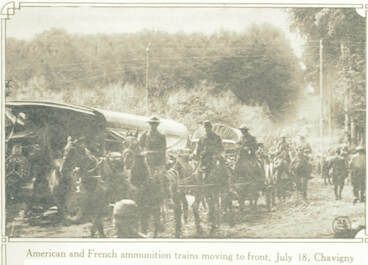 Private Jacobs departed for Europe from Hoboken, New Jersey on July 14th, 1918 aboard a troop transport ship. At least one other Frederick County resident was in Jacob’s Company D. This was Robert E. Valentine of Rocky Ridge. Both men would land at Haverford, England, and eventually made their way to the war-front in France by early fall. Along the way, Charles W. Jacobs would be promoted to the rank of corporal on September 26th, 1918. Jacobs, and his fellow soldiers of Company D, found themselves in the heart of fighting as they were recorded in the Avocourt Sector, Meuse-Argonne, and the Troyon Sector. Meuse, France is listed as his place of his death. It's not known how long he suffered from pneumonia, but the US military was no stranger to this malady, as the previous fall saw countless soldiers attacked by a foe far deadlier than the German soldiers. This was the Spanish Flu pandemic. Jacobs is reported to have died in a military hospital and buried in a nearby American cemetery. On July 4th, 1919, Corporal Jacob’s sacrifice was remembered publicly as one of the immortal 83 who would not return to Frederick among the living. The occasion was a special Homecoming celebration for Frederick County vets. Nearly 15,000 citizens are said to have taken part in the festivities of the day. Best of all, many of our local doughboys and sailors paraded through the streets of town, amidst cheers and thanks from the masses on hand.  Burial of a fallen American serviceman in France during WWI Burial of a fallen American serviceman in France during WWI The Long and Winding Road French leaders were against the removal of veteran bodies back to the United States. They envisioned macabre trains packed with bodies crisscrossing their countryside. Arguing that they had to concentrate on rebuilding their country, France banned removal of bodies for three years. Nearly a year after the armistice, a compromise was forged. The War Department announced in October 1919 that it would survey each of the fallen soldiers’ next of kin. Families could choose to bring home remains or have them buried in newly created American military cemeteries in Europe. Ballots were sent to nearly 80,000 grieving relatives, asking them for guidance. In late 1920, the French finally yielded to American pressure and lifted their ban on the return of bodies. The United States spent the next two years and more than $30 million recovering the dead. The remains of 46,000 soldiers were returned to the States at their families’ request, while another 30,000—roughly 40 percent of the total—were laid to rest in military cemeteries in Europe. One of these was the body of Corporal Jacobs. The federal government granted the request of Charles’ mom to have her son’s remains brought back home. Our files contain the original signed contract by Mrs. Funk in which she purchased a plot in Area U for the purpose of burying her son. This transaction occurred on May 17th, 1921. A newspaper article appeared on June 22nd, announcing the fact that Jacobs’ body had arrived back home in Frederick and that military honors would be performed later in the week at Mount Olivet. The funeral occurred on June 24th. (transcript for clipping above left) Died in France, Body Sent Home Corp. Chas. Jacobs, To Be Buried With Military Honors The body of another former member of the A.E.F. who lost his life in France during the World war has been received in Frederick, having been shipped at the request of his relatives. The latest dead hero whose remains have been received here is Corporal Charles Jacobs, formerly of Maple avenue, this city, who died of wounds in the Meuse Army Hospital during the late war. He had been a non-commissioned officer of Company D, 304th Supply train, 79th division, and was inducted into the service at Camp Meade where he took his training for military service. His body arrived in this city yesterday evening at 6:05 o'clock and was immediately placed in the vault at Mt. Olivet cemetery. F. Schroeder is funeral director. Funeral arrangements will be announced some time today. He was the son of Mrs. John D. Funk, Maple avenue who survives him. (transcript for clipping above lower right) Funerals - Charles Jacobs The funeral of Corporal Charles Jacobs took place yesterday afternoon at 2 o'clock from the residence of his mother, 205 Maple avenue. Services at the house were conducted by Rev. J. Kurtz Miller, assisted by Rev. D. Roderick, chaplain of Francis Scott Key Post, American Legion, and by two officers from the Salvation Army. The pallbearers were William M. Storm, Sherman P. Bowers, G. Hunter Bowers, Irving M. Landauer, Paul Rhoads, Grover Schroyer and C. P. Staley. A firing squad of ex-servicemen in charge of Sergt. Laurence Phebus fired three volleys over the grave. Interment in Mt. Olivet cemetery. F. Schroeder, funeral director. Five days prior, private Benjamin Franklin Eyler had been buried here in the cemetery. Two days after Charles Jacob Winfield's funeral service, another local soldier’s body was also laid to rest in Mount Olivet. This was that of Lt. Earlston Lilburn Hargett, who had been killed in the Battle of Argonne in late September, 1918. All three young men had been buried overseas, and their remains would make the lonely trek back home to Frederick, Maryland. The recent flurry of military pomp and circumstance, attached to these two Frederick heroes, conjured up memories for a contributor to the Frederick News of a much earlier era.I'm assuming it was none other than Emma Gittinger (1850-1927), pioneering female columnist for the newspaper. Charles Winfield Jacobs is buried in Area U/Lot 58. He is one of over 505 known veterans of World War I interred in our cemetery. Last year, at this time, a memorial page was created for Corporal Jacobs as part of our www.MountOlivetVets.com website. On Memorial Day, Frederick American Legion baseball players marked his grave with a small flaglet. This again occurred on November 11th, 2018 (Veterans Day)— the 100th anniversary of the Armistice. We featured special programming that weekend including lectures and walking tours of WWI soldiers’ graves. Again, I acknowledged Charles Winfield Jacobs. In December, we honored Jacob’s memory by placing a wreath atop his grave, part of our inaugural experience in the Wreaths Across America program that originated at Arlington Cemetery. Now on the 100th anniversary of his death, I am humbled to write this brief piece as part of our ongoing “Stories in Stone” blog series. The finishing touch was yet another visit to the corporal's gravesite of just under 98 years in an effort to take a photograph of his tombstone. The memorial, along with a wreath, were resting peacefully under a blanket of fresh snow. Rest in Peace, Corporal Jacobs. Thanks for your service, and making the ultimate sacrifice. In doing so, you helped guarantee the continued freedoms of future generations living in the greatest country in the world. The very same can be said for 4,000 other veterans, men and women, buried throughout Mount Olivet. For those interested, the following links below correspond to the 12 casualties of World War I that are buried here in Mount Olivet. Click the respective button to go to their respective memorial pages on the previously mentioned MountOlivetVets website.
2 Comments
Kathryn Schroeder Shue
3/1/2019 08:17:30 pm
I love reading your Stories in Stone. This is the second time I have read that Schroeder funeral home was the undertaker. That was my family and an amusing reason it was ended I am the oldest in my family so can not ask when it ended. I didnt realize it was still in going 1921.. The glass beveled doors from the hearse are the front doors on a house on West 3rd street. ,
Reply
Karl Woodcock
3/2/2019 10:50:05 am
Wow this story sure sounds familiar.
Reply
Leave a Reply. |
STORIES
|
Archives
July 2024
June 2024
May 2024
April 2024
March 2024
February 2024
January 2024
December 2023
November 2023
September 2023
August 2023
July 2023
June 2023
May 2023
April 2023
March 2023
February 2023
January 2023
December 2022
November 2022
October 2022
September 2022
August 2022
July 2022
June 2022
May 2022
April 2022
March 2022
February 2022
January 2022
December 2021
November 2021
October 2021
September 2021
August 2021
July 2021
June 2021
May 2021
April 2021
March 2021
February 2021
January 2021
December 2020
November 2020
October 2020
September 2020
August 2020
July 2020
June 2020
May 2020
April 2020
March 2020
February 2020
January 2020
December 2019
November 2019
October 2019
September 2019
August 2019
July 2019
June 2019
May 2019
April 2019
March 2019
February 2019
January 2019
December 2018
November 2018
October 2018
September 2018
August 2018
July 2018
June 2018
May 2018
April 2018
March 2018
February 2018
January 2018
December 2017
November 2017
October 2017
September 2017
August 2017
July 2017
June 2017
May 2017
April 2017
March 2017
February 2017
January 2017
December 2016
November 2016


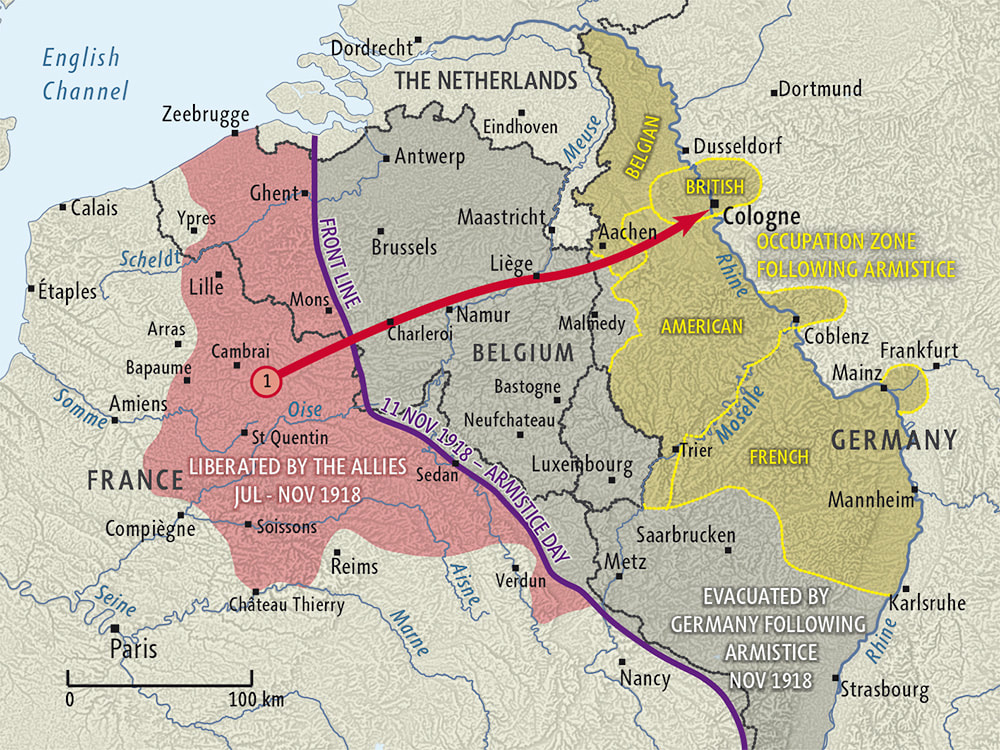
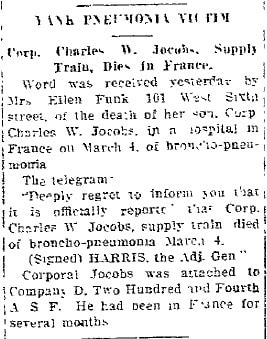
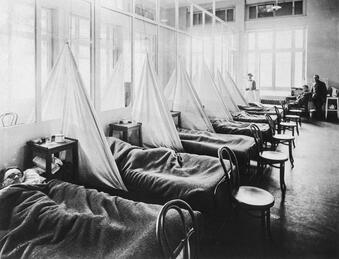
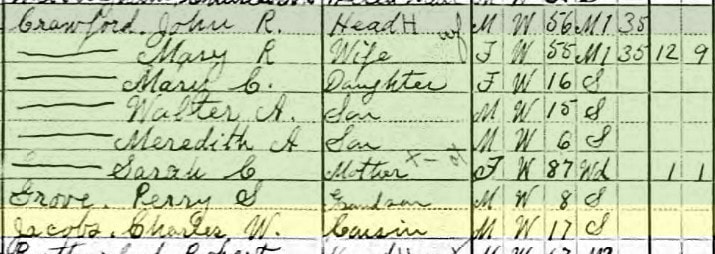



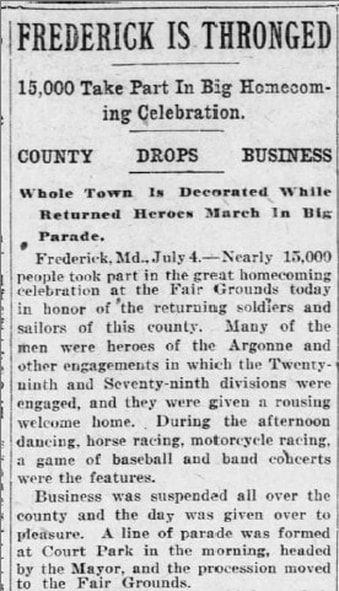

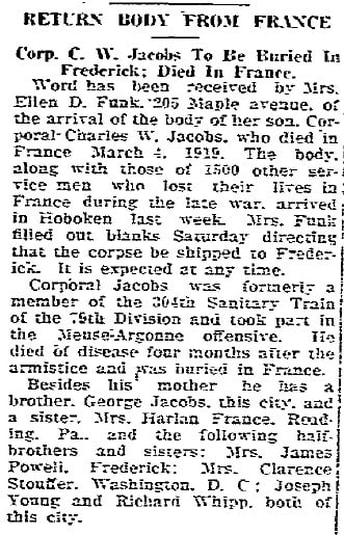










 RSS Feed
RSS Feed